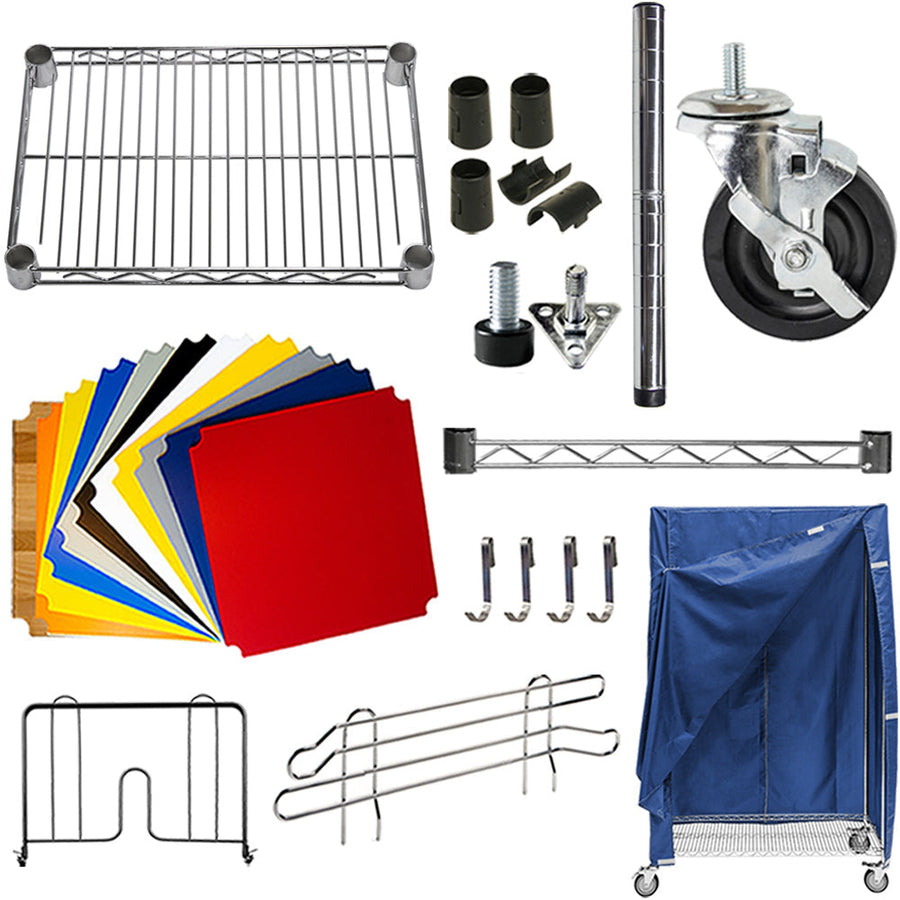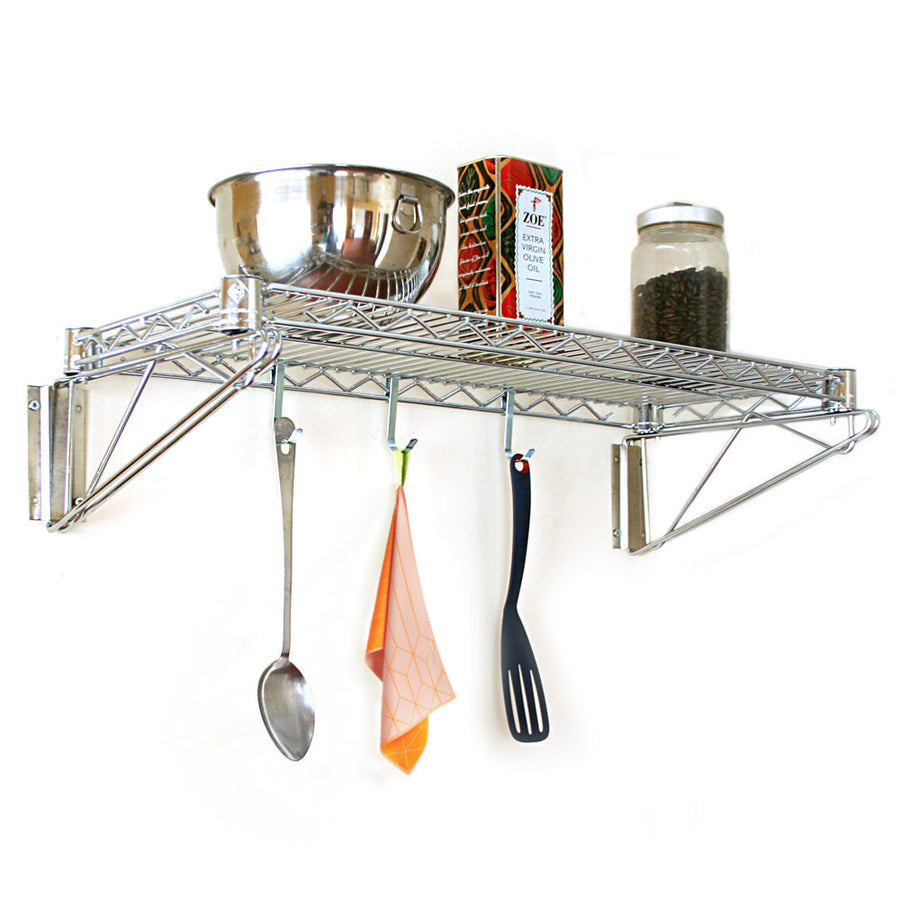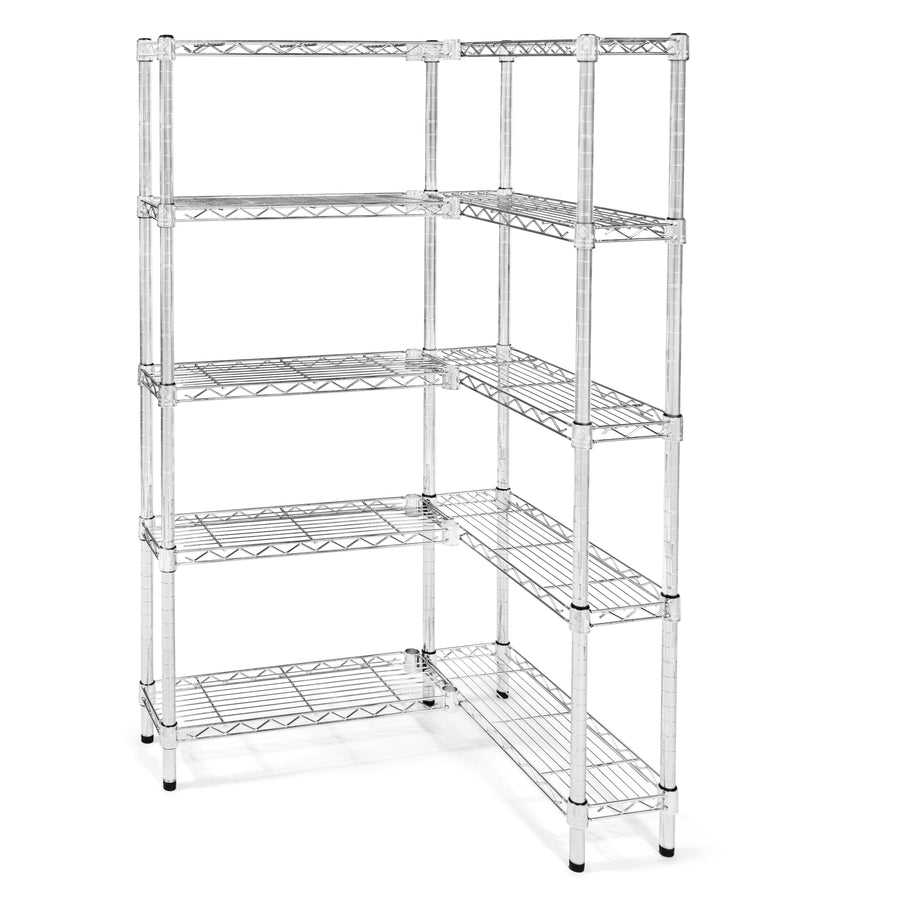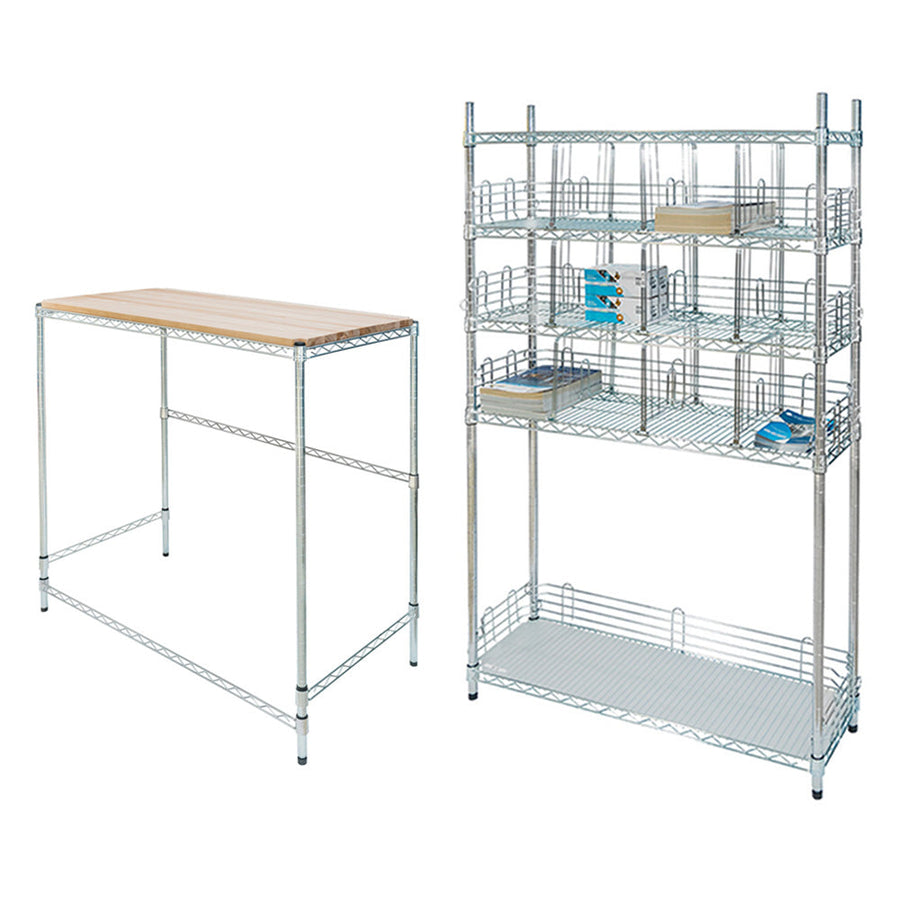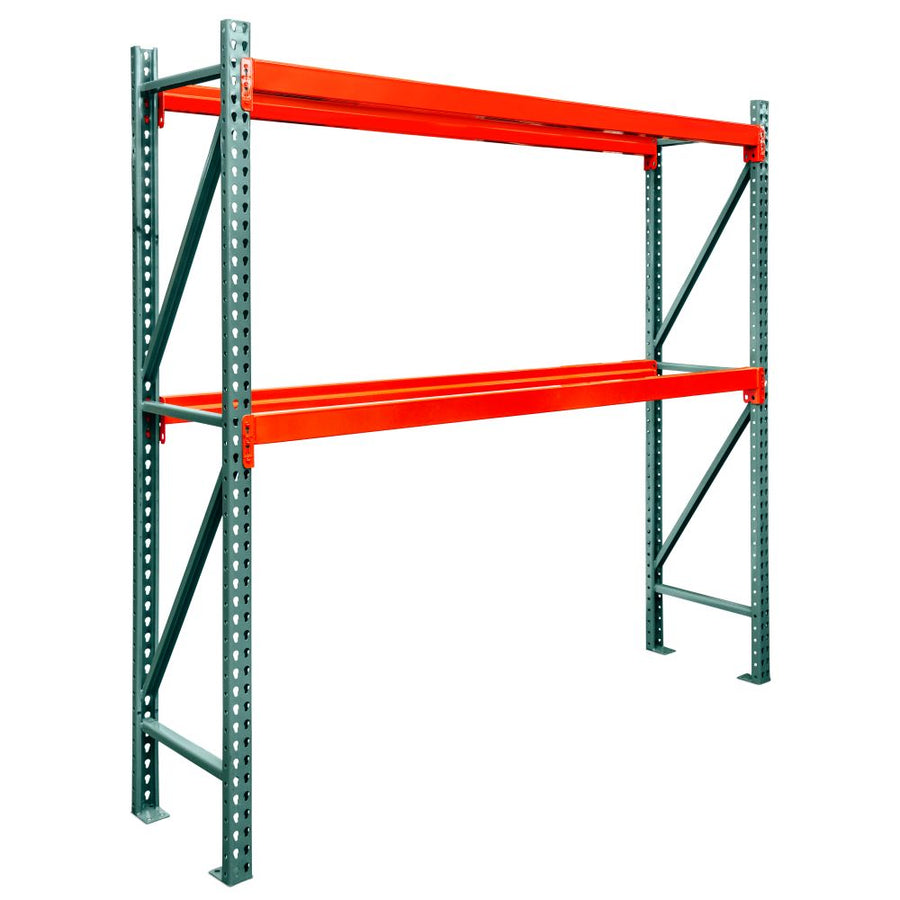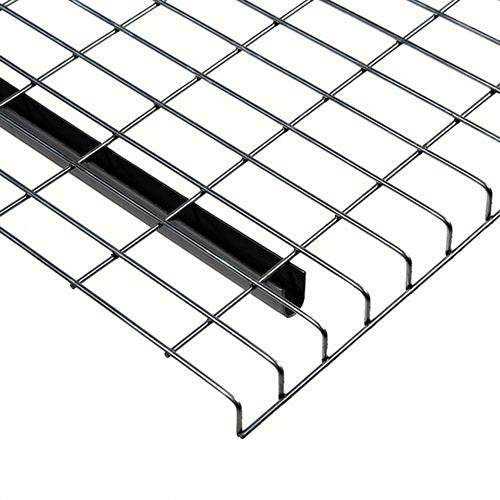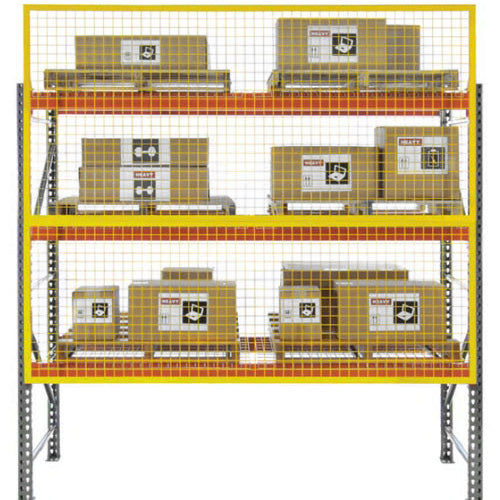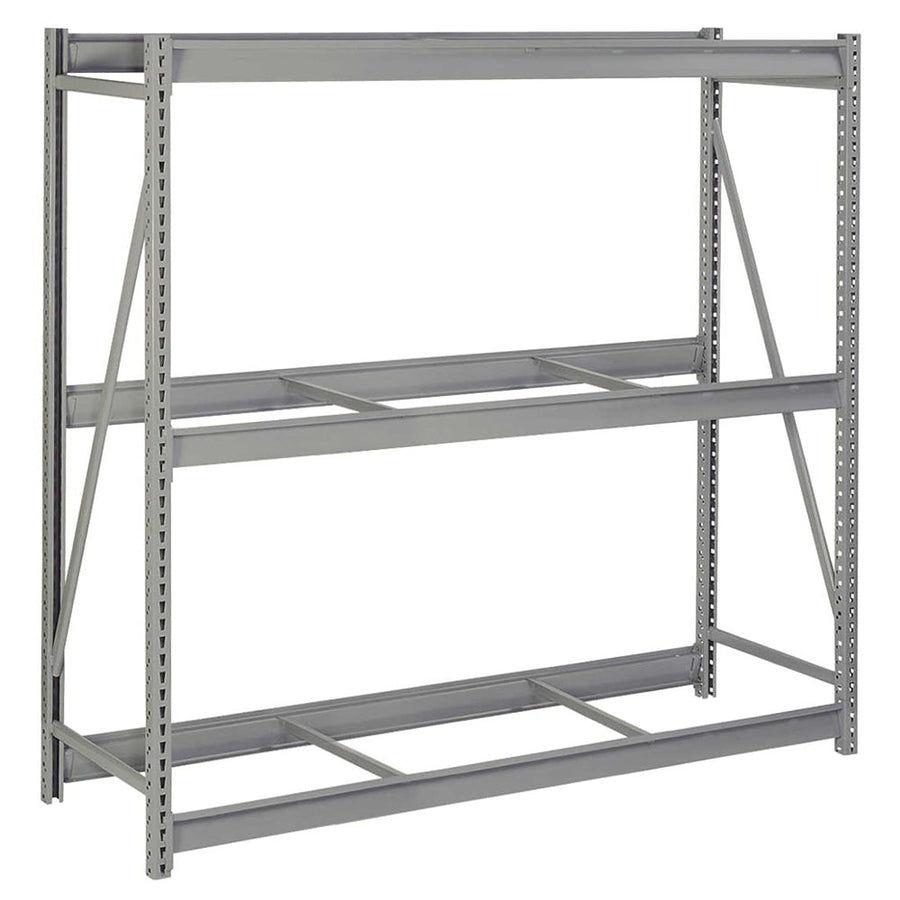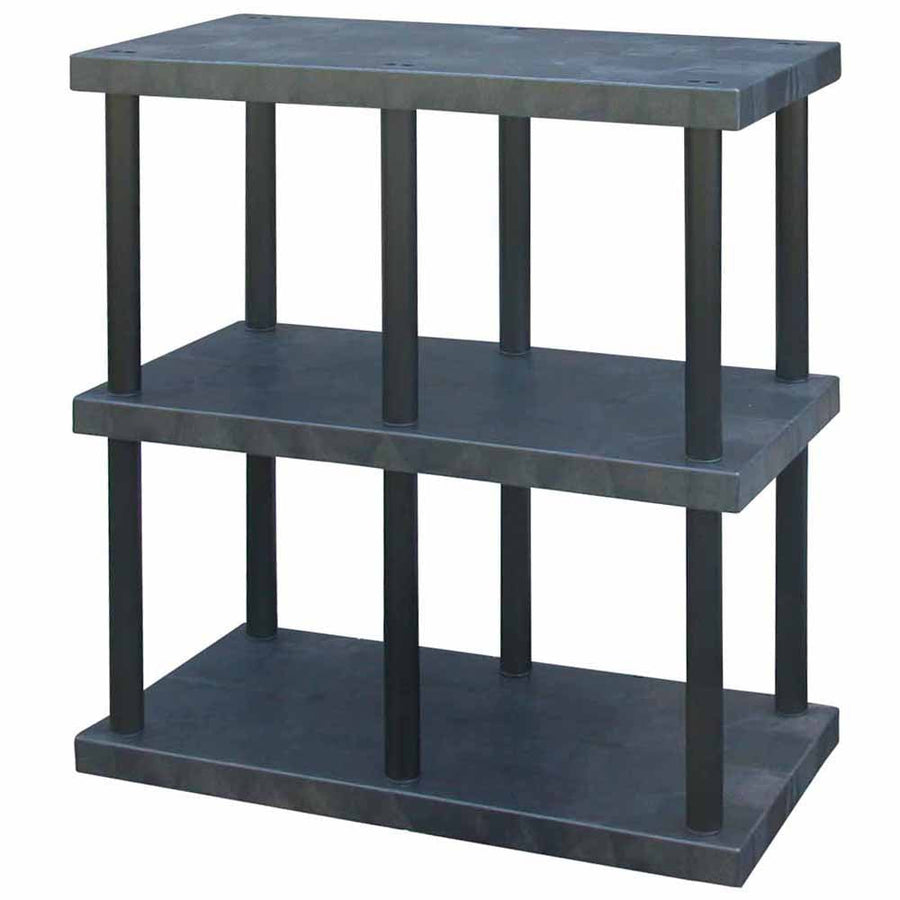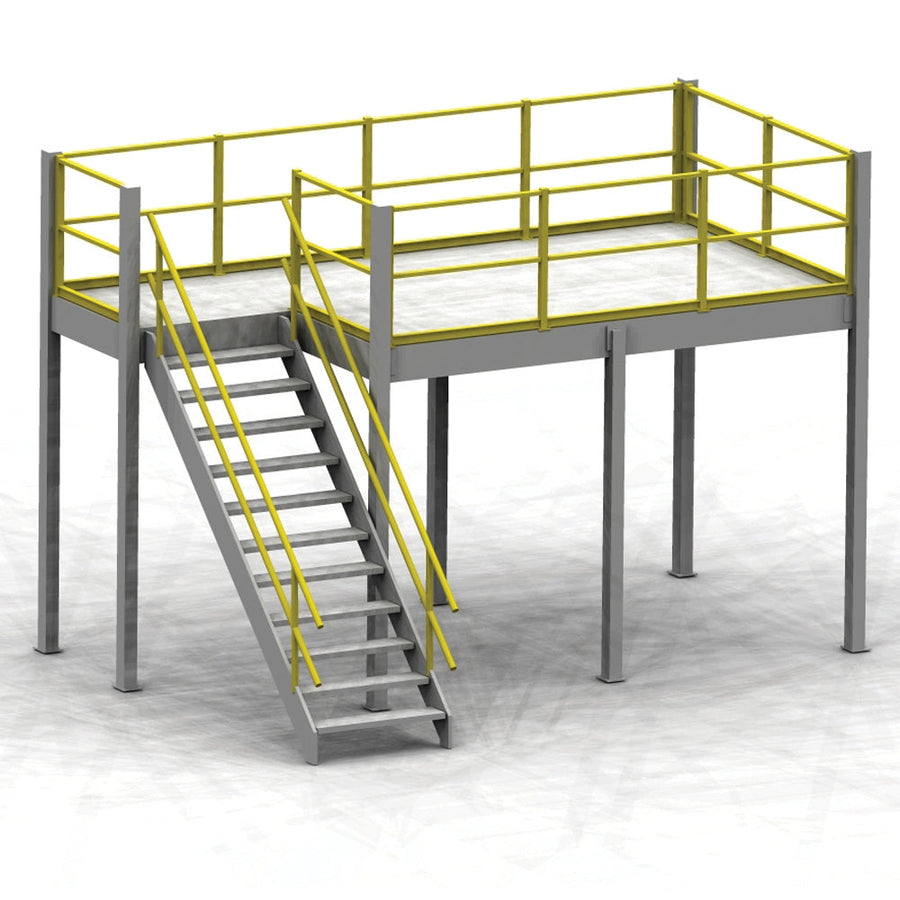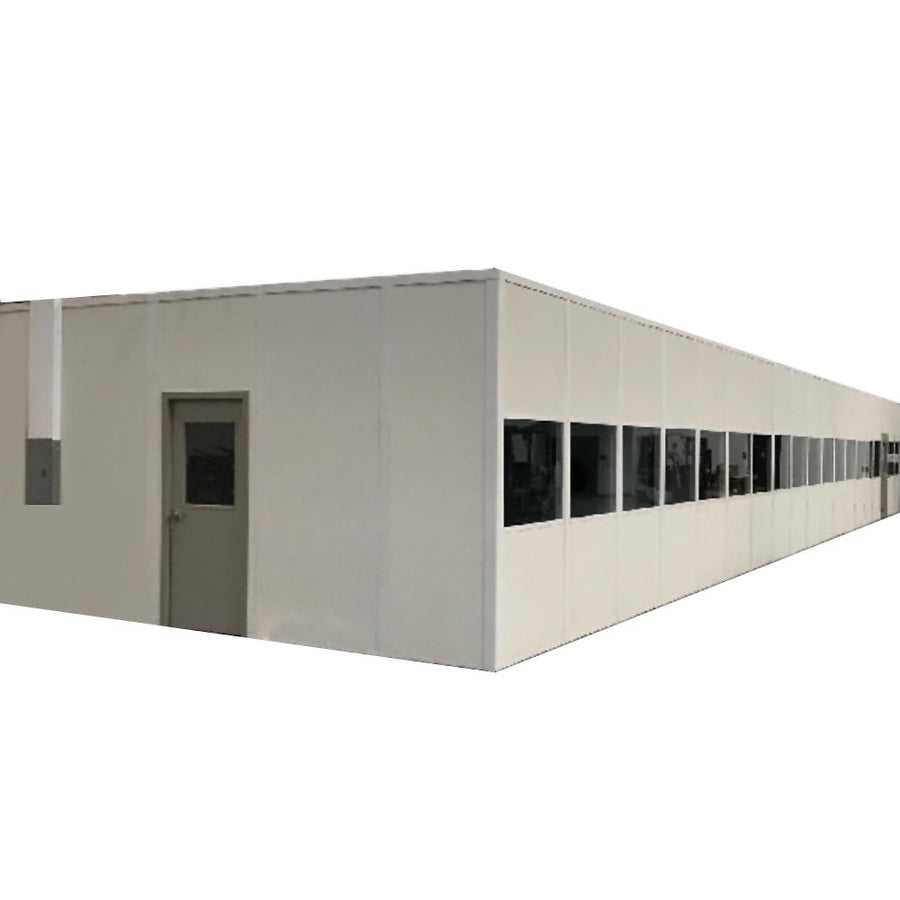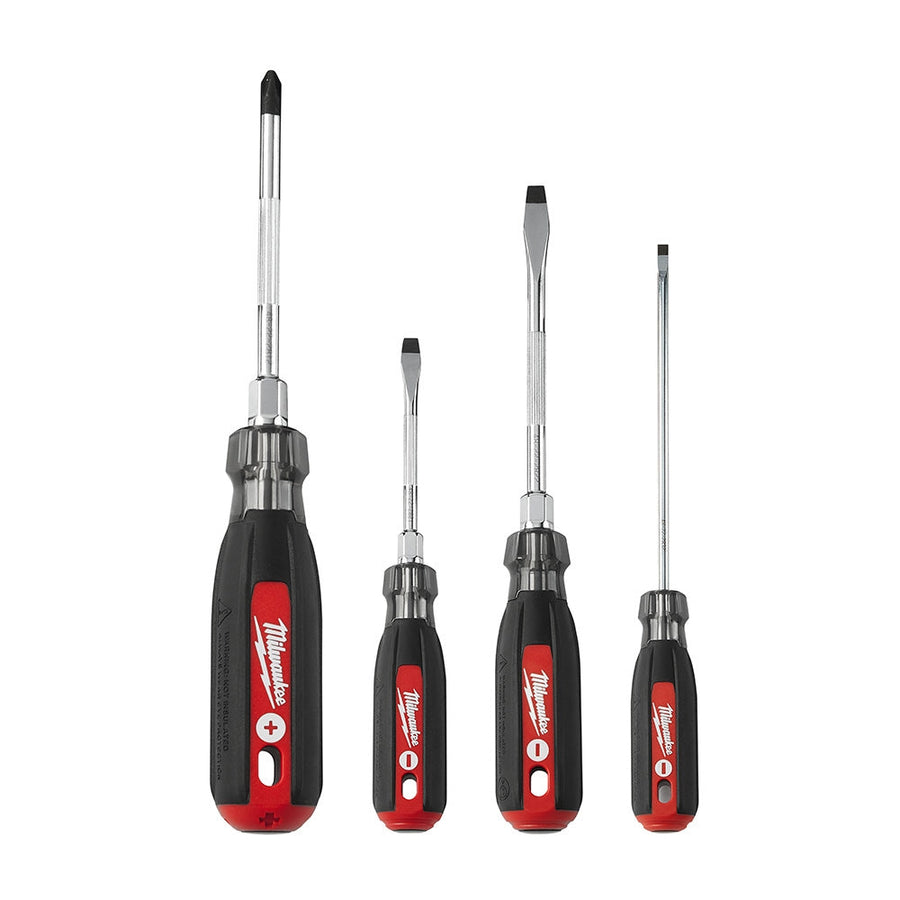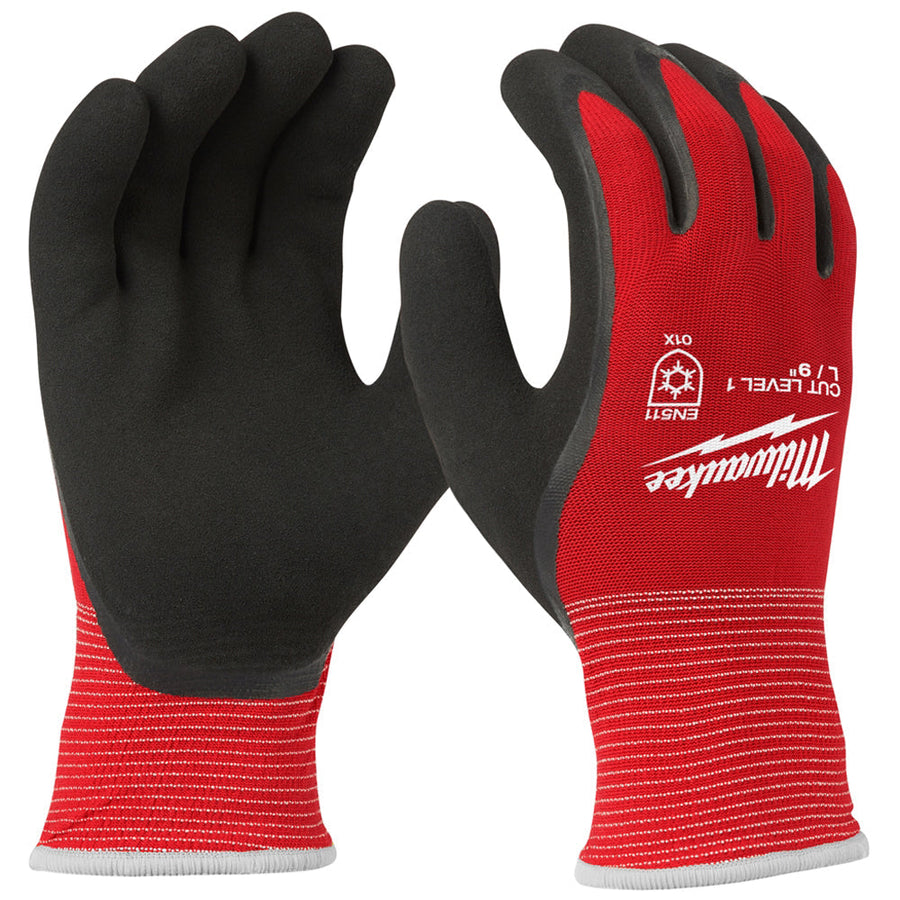Every warehouse has the things they need to store and organize - some of them, however, have more to store than others.
A lot of warehouses are starting to see an increase in the amount of overall SKUs they have to track and manage. Between the rise in ecommerce, retail outlets further branching out into new areas of sales, and the increased demand for product storage and distribution, your warehouse may be looking at a higher amount of SKUs in your inventory than ever before.
Which is a good thing, right? It’s better than running out of inventory (which can lead to you running out of business), even if it does tend to lead to bottlenecks in productivity. If your warehouse has started to deal with a larger selection of SKU counts, here’s a few tips to keep everything organized and moving freely:
Start with frequent upkeep:
Your warehouse may have been well-organized and productive when you got started, but even the best-laid processes have a bad tendency to fall apart when inventory levels start increasing. Take a look at certain KPIs like average product handling time, what SKUs tend to move faster than others, and what daily tasks may have begun to fall by the wayside due to the increase in products and start making a “to-do” list of what to start looking into.Study your highest sellers:
Being aware of your best-selling SKUs will influence nearly every other aspect of your inventory management strategies going forward. Review the sales figures of your fastest moving items to get an idea of what you need to prioritize, and how to do it. Of course, being aware of sales figures won’t quite be enough…...and prioritize them:
One of the easiest ways to get a large number of SKUs under control is to organize them accordingly. Once you’ve found your 5-10 best-selling items, take a look at where they are and how they’re currently being handled, and make changes accordingly. Is it located in a way that can be easily and safely accessed, or do you need to move around your warehouse shelving to better accommodate these SKUs? Are they being stored correctly or do they require a different type of shelving, such as pallet racks to support their weight and allow them to be accessed more safely? Review your products and make sure the most popular ones can be handled appropriately.Review your counting methods:
As your inventory grows, your methods of tracking them might need a little help. Consider changing to cycle counts to perform more frequent updates on inventory, particularly with faster-selling products, and make sure everything is checked as often as possible and with as few errors as your current system can manage to avoid further discrepancies down the road.Make room for receiving:
Even outside of the general storage area, a great deal of inventory counting errors take place at the receiving stage of shipping and tracking. Don’t just give your receiving area a tiny office at the wrong side of the building; designate a receiving area right near the shipping area and give them plenty of wire shelving and work surface to make sure all incoming inventory is processed and tracked as accurately and correctly as possible.Allow time for housekeeping:
A good strategy for any warehouse that deals in large numbers of SKUs is to allow time at the end of every shift for your workers to tidy up and get everything back where it belongs. At 30 minutes before the end of every shift, stop processing orders and taking in new inventory and set the time aside specifically for housekeeping needs. Clean up, put everything back where it goes, and perform some last-minute counts of items that might have been moved a lot during the previous shift to prevent further errors down the road.These are just a few suggestions to get started, but no matter what you wind up doing, make sure to stay proactive. There’s no offense like a good defense, especially in cases of big inventories.



